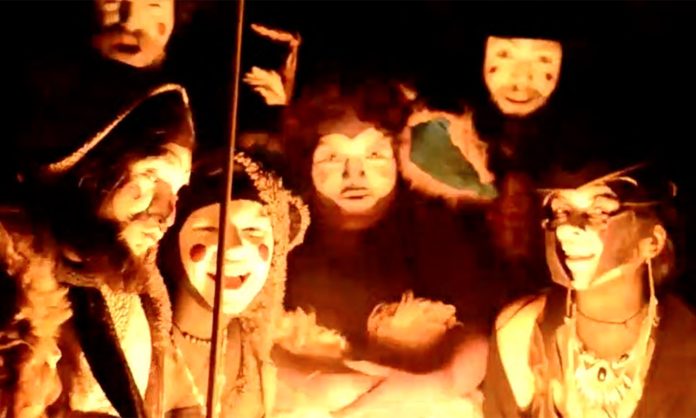An article on The Scotsman shares ancient Celtic customs and concepts for the holiday. “Modern customs like carving pumpkins or ‘trick-or-treating’ that we see in today’s Halloween do not originate from the Scots nor our Celtic neighbours in regions like Ireland,” the article says. “Halloween (or ‘Samhain’ as it was known) was serious business in ancient Scotland as it marked the weakening of the barrier between our world and the spirits’ which posed the very real threat of ghosts or demons threatening people or their land.”
Some traditional Celtic Halloween traditions include:
- Jack-o-Lanterns – named for the folklore character Jack O’Lantern – were carved from turnips and lit with a burning lump of coal.
- Halloween existed to ward off evil spirts who could cross to our world when the veil between was thinnest.
- The costumes were deliberately much creepier, including the heads and skins of animals, so as to scare those evil spirits.
- Rather than trick-or-treating, Scots engage in “guising” or disguising themselves so they can blend in with the evil spirits.
- Ancient Druids would light massive bonfires on Samhain
- Costumes reflected how the culture lived close to the land and relied upon it for sustenance
- Bats became associated with Halloween before the advent of vampire stories, because they would come to eat the bugs that were drawn to the bonfires.
- Cabbage stalks were used to predict the future and were set alight to purify houses.
- People would leave gifts for the dead.
- Halloween lasted three days and nights, and was mandatory.
- Halloween was celebrated on the date that fell halfway between the fall equinox and the winter solstice, so the exact day would vary year to year.












